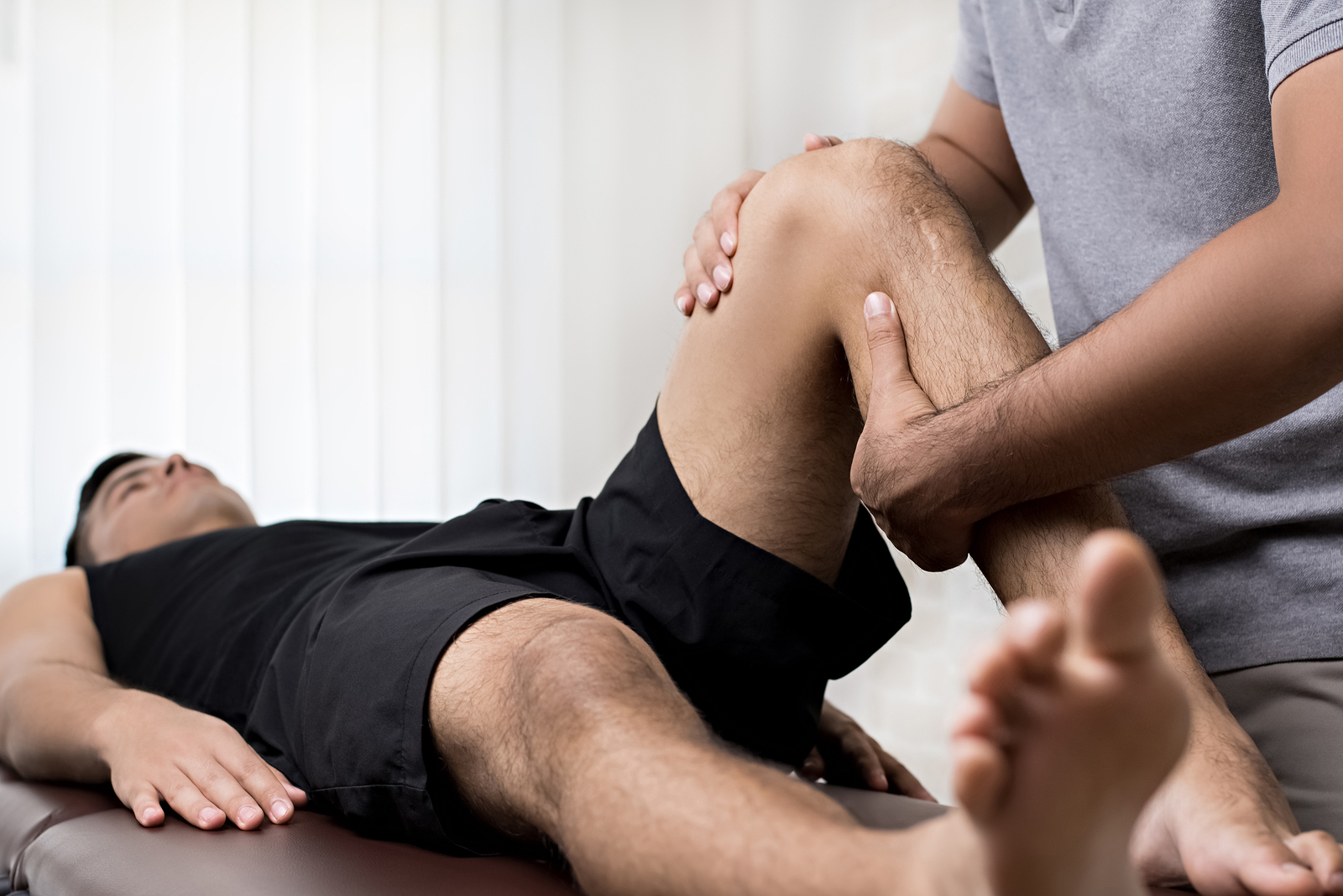
Joint injections
Oklahoma’S #1 pain clinic
Joint Injections: Shoulder, Knee, Hip, Carpal Tunnel
What is a joint injection?
A joint injection is an injection of a steroid or other medication into a joint by a pain doctor; any place two bones move against each other and are surrounded by a joint capsule.
What is the purpose of a joint injection?
The medication injected, usually a steroid, is meant to reduce the inflammation and/or swelling of tissue in the joint space. This may in turn reduce pain and other symptoms caused by inflammation or irritation of the joint and surrounding structures.
How long does the joint injection take?
The actual injection takes only a few minutes.
What is actually injected?
The injection typically consists of a local anesthetic and a steroid medication.
Will the joint injection hurt?
The procedure involves inserting a needle through skin and deeper tissues. So, there is some pain involved. However, we sometimes numb the skin and deeper tissues with a local anesthetic, using a very thin needle before inserting the needle into the joint.
Will I be “put out” for the joint injection?
No. This procedure is done with a small gauge needle usually with or without any local anesthetic.
How is the joint injection performed?
It is done with the patient in whatever position allows the best access into the joint. Shoulders, elbows, wrists, fingers and knees are often injected with the patient sitting. Hips, knees, ankles and toes are often injected with the patient lying down. The skin is cleaned with antiseptic solution and then the injection is carried out. A Band-Aid is usually applied by a pain doctor.
What should I expect after the joint injection?
Immediately after the injection, you may feel that your pain may be gone or quite less. This is due to the local anesthetic injected. This will last only for a few hours. Your pain will return and you may have a sore joint for a day or two. This is due to the mechanical process of needle insertion as well as initial irritation from the steroid itself. You should start noticing pain relief around the third to fifth day after injection.
What should I do after the joint injection?
You may want to have a ride home. We advise the patients to take it easy for a day or so after the procedure. You may want to apply ice to the affected area. Perform the activities as you feel comfortable.
Can I go to work to work the next day?
Unless there are complications, you should be able to return to work the next day. The most common thing you may feel is sore joint.
How long does the effect of the medication last?
The immediate effect is usually from the local anesthetic injected. This wears off in a few hours. The cortisone starts working after about three to five days and its effect can last for several days to a few months.
How many joint injections do I need to have?
If the first injection does not relieve your symptoms in two to three weeks, you may be recommended to have one more injection. If you respond to the injections and still have residual pain, you may be recommended for further injections on an as needed basis, depending on the underlying condition of the joint.
Can I have more than three joint injections?
In a six to twelve month period, we generally prefer not to perform more than three injections. This is because the medication injected is meant to last for several weeks to several months. If three injections have not helped you much, it is very unlikely that you will get any further benefit from an increasing number of injections. Also, giving more injections will increase the likelihood of side effects from the steroids. If the injections are not working, you may need to undergo osteopathic surgery by one of our pain management doctors.
Will the joint injections help me?
It is sometimes difficult to predict if the injection will indeed help you or not. The patients who have recent onset of pain or milder pain may respond much better than the ones with a longstanding pain or severe pain.
What are the risks and side effects of joint injections?
Generally speaking, this procedure is safe. However, with any procedure there are risks, side effects, and the possibility of complications. The most common side effect is pain – which is temporary. The other risks involve, infection, bleeding, worsening of symptoms etc. These risks are related to the side effects of steroids. Other steroid related side effects may include weight gain, increase in blood sugar (mainly in diabetics), water retention, suppression of body’s own natural production of cortisone etc. Fortunately, the serious side effects and complications are uncommon.
Who should not have a joint injection?
If you are allergic to any of the medications to be injected, if you have an active infection, or if you have poorly controlled diabetes or heart disease, you should not have a joint injection or at least consider postponing it if postponing would improve your overall medical condition. You’re in good hands with our skilled pain management doctors.
Adapted: http://www.medcentral.org/body.cfm?id=348 July 25th 2010.
